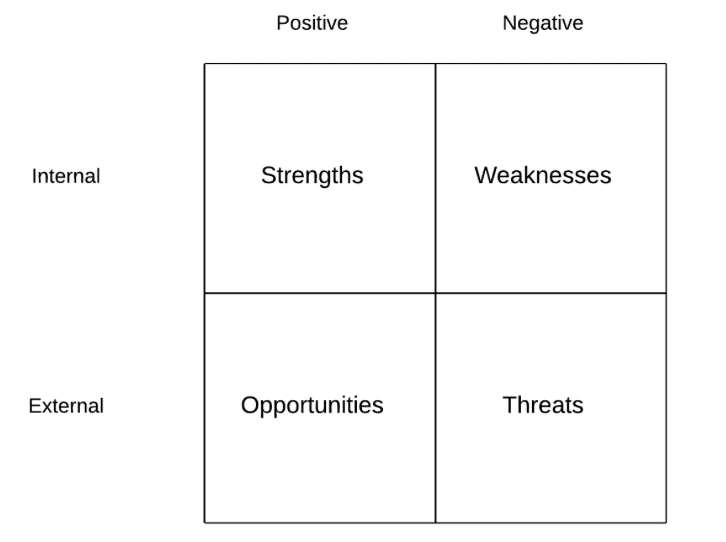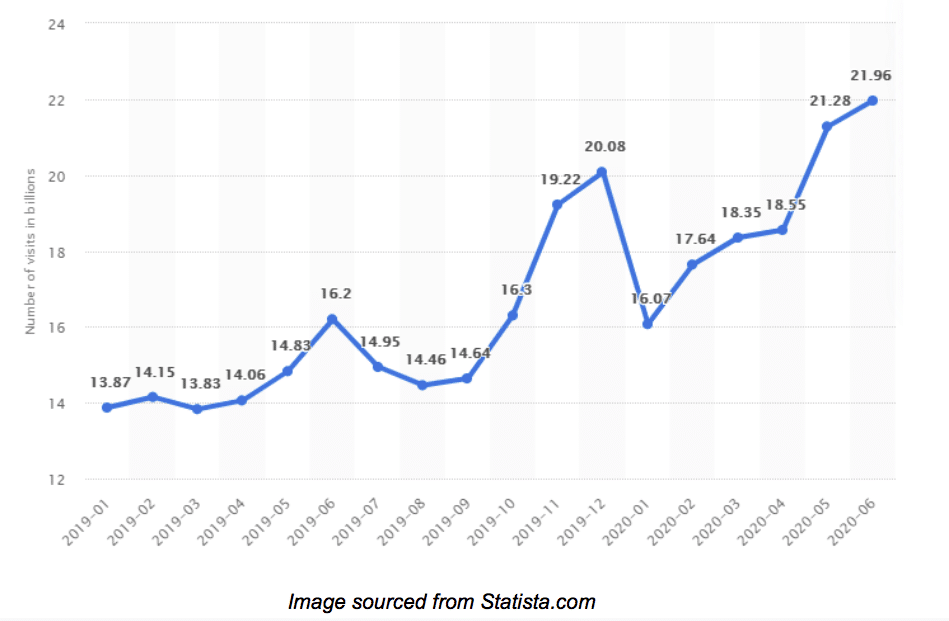These days, it takes a special kind of presentation to impress clients and investors. With the proliferation of online stores and services, businesses have developed an improved understanding of the available technology.
Even now, the e-commerce industry has seen tremendous growth due to the increase in online traffic. With the number of people doing their best to propose new ideas and strategies, your presentation will have to stand out from the rest.
The thing is, you don’t have to shell out a lot of money just to wow your audience. Paying more attention to the simple details can give you that extra boost you needed.
Fundamentally, a successful presentation for digital marketing relies on your ability to communicate. The trick with this is how to communicate effectively.
Oftentimes, people forget about the content and focus on the aesthetics, investing time and money on the display aspect of the presentation.
Presentations need to be about your ability to capture and hold your audience’s attention with good information. Do this, and keeping them interested in the topic should be easy.
Below, we’ve come up with some easy steps to get you to that goal.
Step 1: Analyze your audience
Your presentation will depend on how well you know your audience. The first step with communication is understanding that audience.
No need to overcomplicate the situation. The age-old survey will serve you well here. Here are some survey platforms that might help you out:
- Google Forms (Free)
- Survey Monkey (Free, Premium starts at $15/month)
- Typeform (Free, Premium starts at $35/month)
- Survey GIzmo (Starts at $25/month)
For our purposes here, we’ll place emphasis on the free survey platforms. The point is to ask the right questions, right? It’s up to you to decide if you want to invest in a professional plan for the survey provider.
Just remember that this will have long-term applications for your digital marketing needs.
In terms of building your survey, keep it concise and straight to the point. You’ll want to organize the questions so that each “group” of questions targets a specific component.
For example, in a survey with 15 questions, you can structure it like this:
- Questions 1-3 for audience’s demographics
- Questions 4-6 for audience’s knowledge on topic
- Questions 7-10 for audience’s perceptions on topic
- Questions 11-13 for audience’s attitudes on topic
- Questions 14-15 for audience’s suggestions
This way you can accurately determine how each respondent feels about the topic. One question would not be able to adequately define this, as each person will have different ways of thinking about it.
Don’t forget about other types of survey questions, too. For example, Likert scales. These are the questions that ask the respondent to use a rating for their response. With this scale, you can get a reading on the degree of the response.
With this increased understanding, you will be able to present your ideas in a more logical and relevant manner for your audience. This will go hand-in-hand with how well you understand your business or your brand.
Step 2: Use numbers to guide your presentations
Knowing how your audience thinks and how your business can fill a need for your audience, will allow you to strategize your presentation.
The next step will involve combining these two sets of data and understanding where your opportunities lay. Focus your presentation on the insights gained from these numbers. Organizational charts can be a big help for you here.
Take the SWOT analysis as an example. With this method, you can plot your areas of strength, areas of weakness, etc.
It’s clear why the survey data is so important. With that data, you’ll have more information to place in the chart and you’ll be able to derive a more representative view of your audience’s preferences.
Step 3: Get into the details of your presentation
With the third step comes the actual creation of the presentation. You have a variety of platforms to work on for this, from Google Slides to the ever-popular Microsoft Powerpoint.
Some things to keep in mind:
- Don’t fill each slide
- Remember the 4×4 rule: 4 bullets maximum, with about 4 words each
- Don’t depend on animations to make you interesting
- Use actual photos when applicable
- Make sure everything is readable; no fancy fonts.
Fill the presentation up with the content first. Jumping from one task to another will surely get in your way. Remember, the priority is the substance in your message and getting that conveyed to your audience.
This is where a lot of people get into trouble. You might be tempted by the many presentation tools at a paid premium. We aren’t stating that these are all necessarily bad, but it’s easy to think that you need to rely heavily on these tools. Remember, the point here is that it is possible to make amazing presentations without busting the bank.
Make sure you have all the data you need before getting started. In this way, you can anticipate any problem areas.
For example, let’s say you gathered a lot of data about mobile device users.
Truth be told, a presentation filled with numbers has a high chance of becoming boring and losing your audience. It can be as simple of a fix as using charts and graphs to present the data visually.
This helps the audience analyze your information more quickly. Take a look at this graph from Statista.com. It shows us the growth trend of e-commerce over the past year.
It’s clean and uncomplicated. Even the uninitiated will have an easy time with it. Again, just remember that this is about you communicating your message.
Even if your data are compelling, how will your audience fully understand the big picture if you’re not able to communicate effectively?
Step 4: Streamline the designing phase of your presentation
After plotting out the narrative and information piece for your presentation, figure out how you want it all to be “packaged”. This is where design elements come into play.
A good design shouldn’t distract your audience from the data. It’s an important tool to support the data and it helps hold your audience’s attention. But it won’t help you meet your objectives by spending too much time on this.
There are a variety of options available to help you streamline your process. The best part? They don’t have to be expensive.
For example, you could make do with free PowerPoint templates or design guides.
This takes the guessing out of the process. Also, a lot of these templates are designed for presentations with specific purposes in mind, meaning that you can easily find a template or guide that suits your needs.
Step 5: Practice, practice, practice
Lastly, you will need to practice. It doesn’t matter if this is your first, second, or twentieth presentation.
At the end of the day, this presentation is new to you and you will need to familiarize yourself with it. Being familiar with every slide and data will make sure you don’t just read off the screen.
Some presentation tips to keep in mind:
- If the presentation is in person, make eye-contact.
- Pay attention to your tone of voice. Show some passion and interest.
- When asked a question, rephrase before answering. This helps others in the audience.
- And last, respect your audience and their opinions.
It shouldn’t matter whether the presentation is in-person or online. The fact of the matter is, you are speaking to real people. Connect with them as you would with friends.
It’s important that you be aware of these details. Admittedly, online presentations will have their limitations. Knowing that, adapt and make better use of your voice for emphasis.
This way, you can do your presentation without even glancing at the screen. The audience can always tell if you aren’t prepared.
Conclusion
As we said before, it’s really about communication. In public relations, the goal is to communicate with the public. With presentations, the goal is to communicate with an audience.
In this guide, we broke down the basic approach for getting to know your audience and adapting to their preferences. Through this process, you’ll be able to see the best direction for communicating with the audience.
With clear and effective communication, your ideas will find their way into your audience’s plans. This entails research and preparation. Don’t worry, it’ll be worth it.
Do your homework and you’ll find the presentation to be a breeze for you and one that your audience will enjoy.






